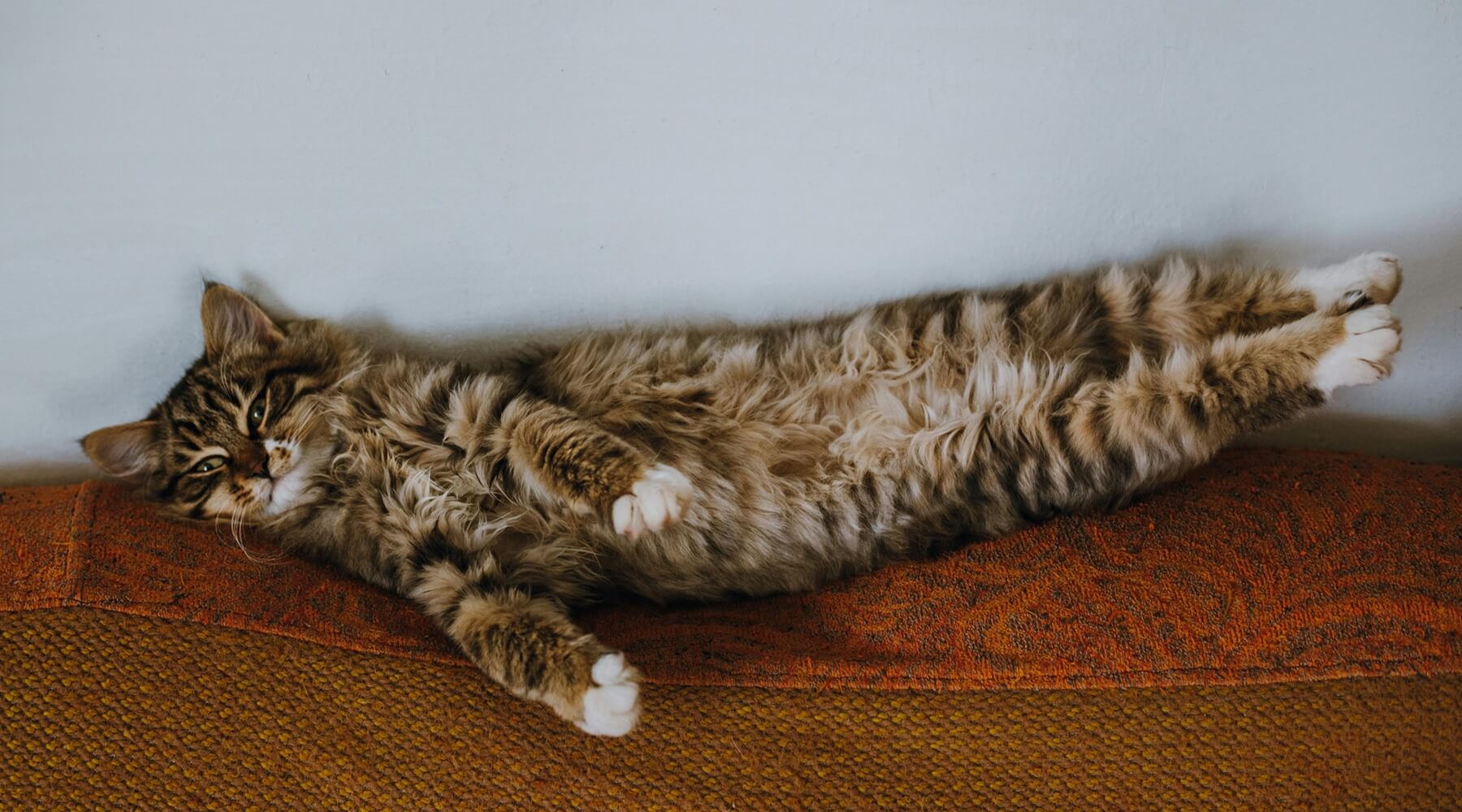Living with a cat fills our lives with endless joy, from soft purrs to playful jumps and comforting company. Yet, any cat owner knows the reality of those small claws on a beloved couch or sofa. Scratched corners, loose threads, and fur can make choosing furniture seem like an impossible task.
However, achieving both style and practicality is entirely possible, without sacrificing either. Select the best couch materials for cats, and you'll enjoy a beautiful, cozy home with furniture designed to withstand daily feline use.
What to Look for in Cat-Friendly Furniture
When shopping for a cat-proof couch, think about your cat’s natural habits. Cats scratch to stretch, mark territory, and maintain healthy claws. The right fabric can handle this instinct without showing damage.
Here’s what matters most:
-
Durability – The material should resist snagging and tearing.
-
Tight weave – Avoid loose textures that claws can easily catch.
-
Easy cleaning – Pet fur, stains, and odors should wipe or vacuum off easily.
-
Comfort & style – You still want a sofa that feels good and looks great in your home.
Best 4 Couch Materials for Cats (that resist claws)
Let’s look at the best couch materials for cats that balance durability, comfort, and design appeal.
1. Microfiber | The All-Round Winner
Microfiber stands out as a top material for cat owners. The secret lies in its tightly woven synthetic fibers, which give it a smooth, flat surface. This construction makes it very difficult for cat claws to scratch or snag.
-
Scratch-resistant: Cats can’t easily sink their claws into the fabric.
-
Stain-resistant: When spills happen, they sit on the surface. This gives you extra time for cleaning before they soak in.
-
Easy maintenance: Pet hair doesn’t cling, and you can often wipe or vacuum it clean.
2. Faux Suede or Microsuede | Soft Yet Strong
Faux suede gives you a warm, velvety look without the high maintenance of real suede. It’s smooth enough to resist claw damage while being soft and cozy.
-
Durable and pet-friendly
-
Less likely to snag
-
Affordable and easy to clean
This is a great choice for cat parents who want both comfort and scratch resistance.
3. Leather | Sleek but Risky
Leather furniture is durable, easy to clean, and naturally resists odors. However, while it’s tough, it’s not completely cat-proof.
While scratches on leather are mostly cosmetic and easy to see, the material is quite tough. High-quality leather actually handles light claw marks better than many other fabrics. What's more, you can often repair minor damage with a simple leather balm.
If you love the look of leather, choose distressed or matte finishes, which make scratches less noticeable.
4. Synthetic Fabrics | Practical Everyday Options
Synthetic blends like polyester, nylon, or olefin can be excellent for homes with pets. These materials resist stains and moisture while maintaining color and shape over time.
To get a long-lasting, budget-friendly couch, focus on performance-grade fabrics specifically labeled “pet-friendly” or “scratch-resistant”, which are truly ideal choices.
Top Couch Materials to Avoid if You Have Cats
Not all fabrics can handle a cat’s claws. Avoid materials with open weaves or looped threads that easily catch. This includes:
-
Linen and cotton: Attractive but prone to snags and staining.
-
Chenille or boucle: Soft and textured, but cats see them as perfect scratching spots.
-
Sisal: Great for scratching posts, terrible for rugs or upholstery.
These fabrics may look beautiful, but they won’t stay that way long with a playful cat around.
Bonus Tip | Keep Your Current Couch Cat-Safe
Even with the best couch materials for cats, adding extra protection can extend your furniture’s life.
Cat-e-Corner furniture protectors, for example, offer a clear, stylish barrier that covers vulnerable spots without changing your décor. They’re easy to install, and most cats lose interest in scratching those protected areas altogether.
In short,
Finding the best couch materials for cats means choosing fabrics that fit both your style and your pet’s natural behavior. Microfiber and faux suede are excellent everyday options, while high-quality leather works if you don’t mind a few character marks.
Pair your furniture with durable protectors and scratching alternatives, and you’ll create a home that’s as inviting for your cat as it is for you.








